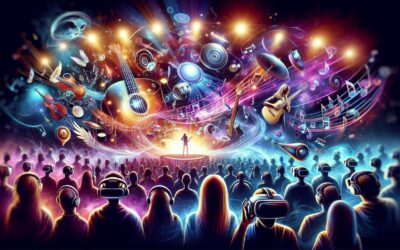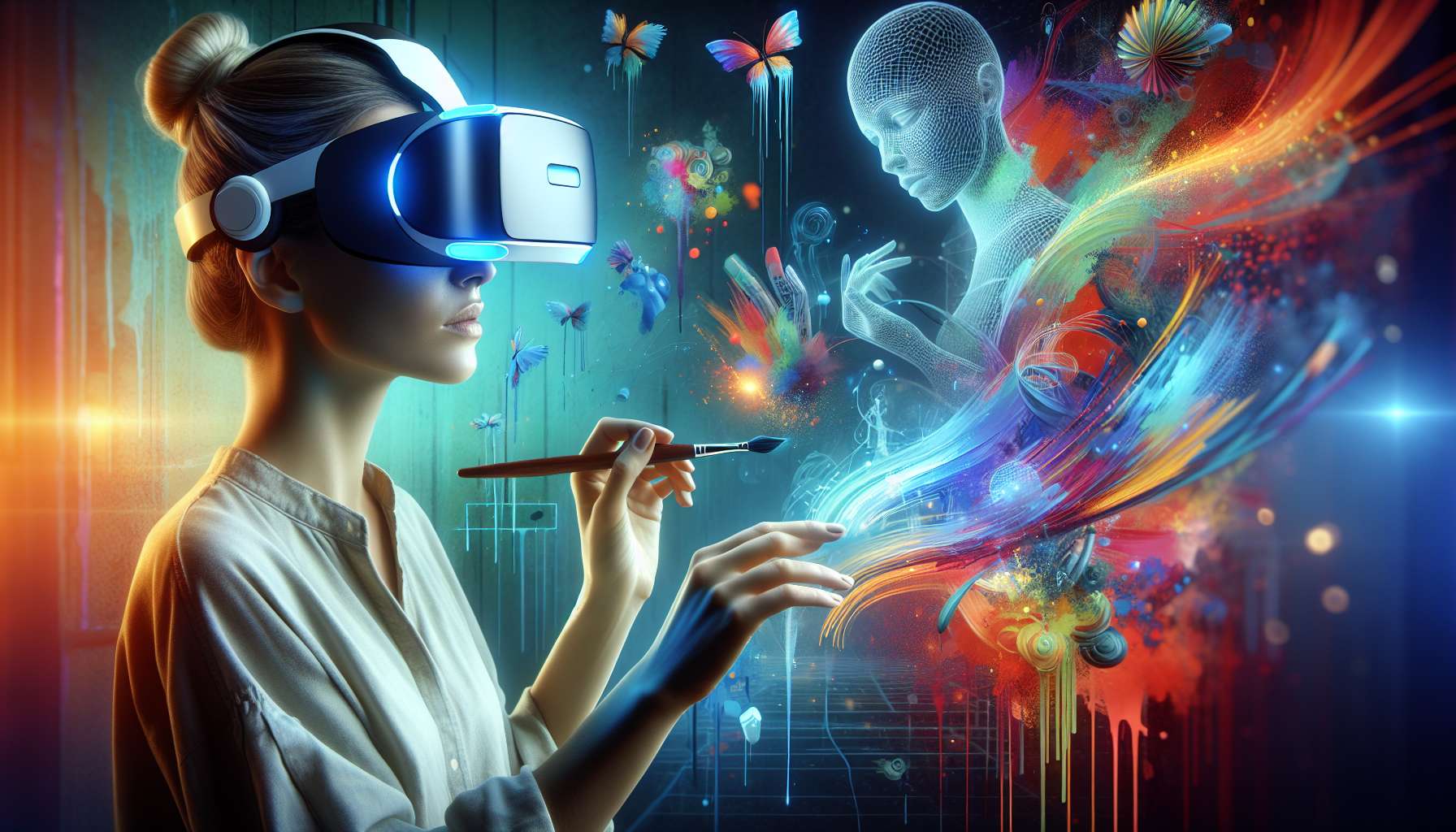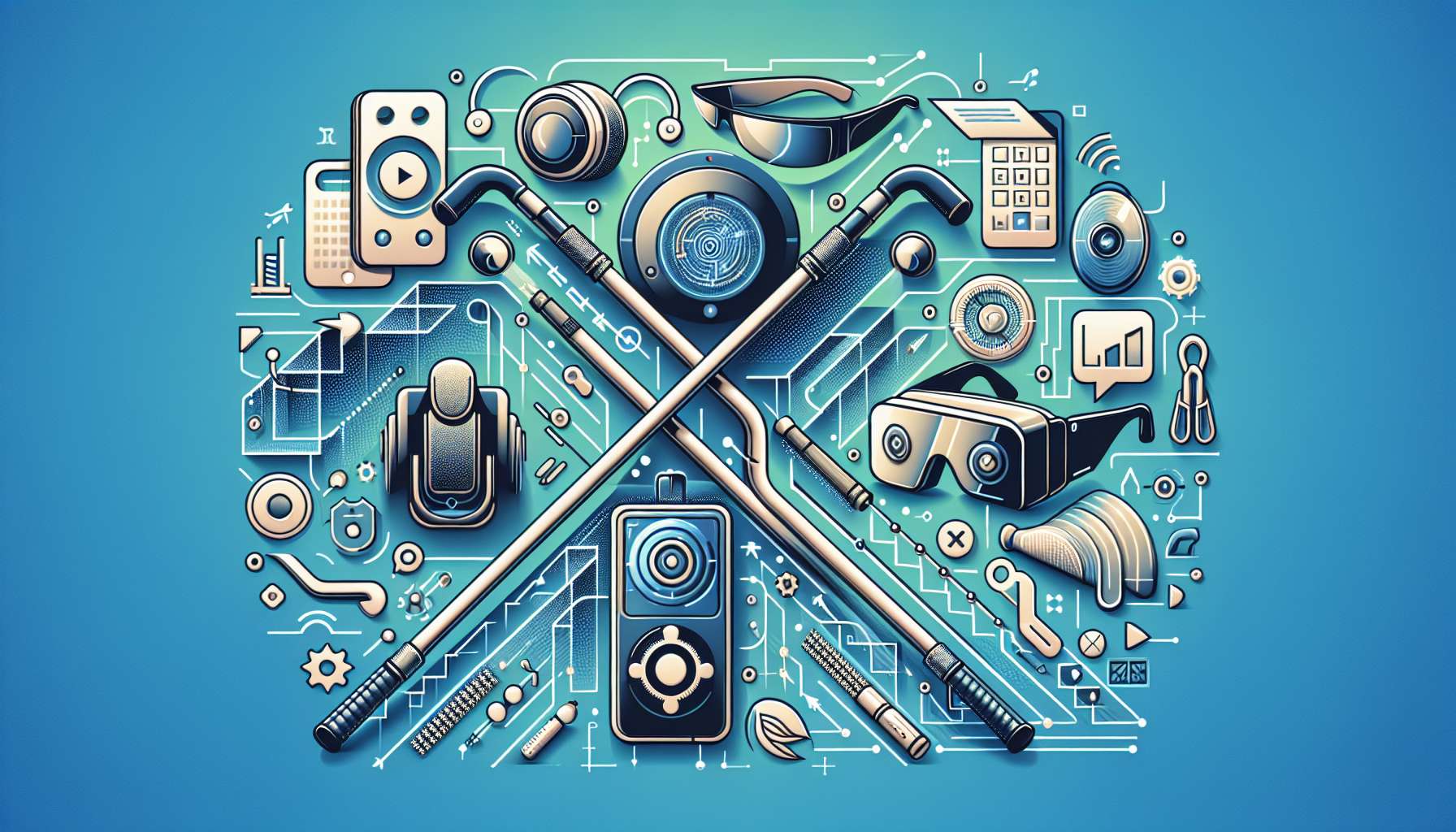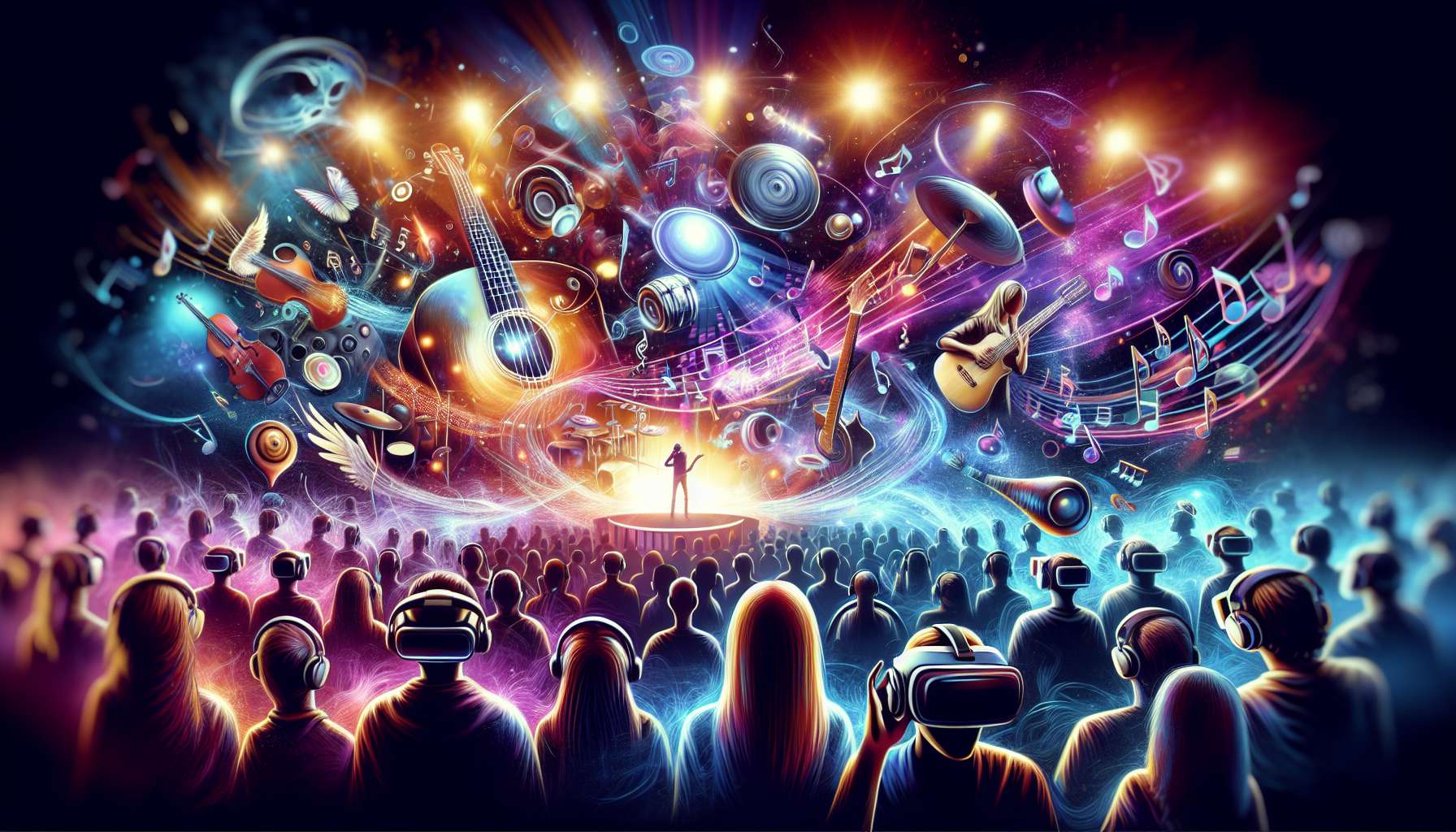Virtual reality (VR) technology has revolutionized the way we experience art, offering a new medium for creativity that is both immersive and interactive. In recent years, artists and creators have been exploring the possibilities of using VR as a tool for artistic expression, pushing the boundaries of traditional art forms and inviting audiences to step into a world where they can not only view art but also become a part of it.
One of the most exciting aspects of VR art is its ability to transport viewers to new and fantastical worlds, allowing them to explore and interact with art in ways that were previously unimaginable. Through VR headsets, users can enter virtual galleries, museums, or even entirely new dimensions created by artists, where they can walk around, touch, and sometimes even manipulate the art around them.
This immersive quality of VR art opens up a whole new realm of possibilities for artists, enabling them to create experiences that engage multiple senses and blur the lines between the physical and digital worlds. By combining elements of traditional art forms such as painting and sculpture with the interactive capabilities of VR technology, artists can create truly unique and dynamic pieces that evolve and respond to the viewer in real-time.
Moreover, VR art has the potential to democratize the art world by making it more accessible to a wider audience. Through online platforms and VR experiences, artists can showcase their work to people around the globe, breaking down geographical barriers and inviting viewers to engage with art in a more inclusive and interactive way.
As VR technology continues to advance and become more mainstream, we can expect to see even more innovative and boundary-pushing works of art emerge in the virtual realm. From immersive installations to interactive storytelling experiences, VR art is reshaping the way we think about creativity and inviting us to explore new dimensions of artistic expression.
In conclusion, immersive virtual reality art represents a new frontier for creativity, offering artists and audiences alike the opportunity to engage with art in ways that are truly transformative. As we continue to push the boundaries of what is possible with VR technology, the future of art looks brighter and more immersive than ever before.








